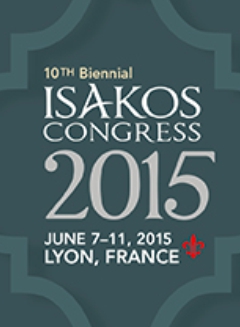
ISAKOS 2015: Elevated T2 Relaxation time associated with pain & low activity after ACLR

ISAKOS 2015: Elevated T2 Relaxation time associated with pain & low activity after ACLR
Quantitative MRI-T2 Mapping of Articular Cartilage Following Anatomic Anterior Cruciate Ligament Reconstruction: Relationship to Patient Reported Measures of Symptoms, Activity, and Participation
Did you know you're eligible to earn 0.5 CME credits for reading this report? Click Here
CONFERENCE ACE REPORTS
This ACE Report is a summary of a conference presentation or abstract. The information provided has limited the ability to provide an accurate assessment of the risk of bias or the overall quality. Please interpret the results with caution as trials may be in progress and select results may have been presented.
Synopsis
36 patients with complete ACL tears underwent MRI T2 mapping, 6 months after ACL reconstruction (ACLR) surgery. The purpose of the study was to determine if T2 relaxation times (T2RTs) differ between ACLR knees and contralateral knees, and if the difference is related to patient-reported outcomes. Results indicated that 6 months post-surgery a loss of collagen structure in the femoral cartilage wa...
To view the full content, login to your account,
or start your 30-day FREE Trial today.
FREE TRIAL
LOGIN
Forgot Password?
Explore some of our unlocked ACE Reports below!

Learn about our AI Driven
High Impact Search Feature
Our AI driven High Impact metric calculates the impact an article will have by considering both the publishing journal and the content of the article itself. Built using the latest advances in natural language processing, OE High Impact predicts an article’s future number of citations better than impact factor alone.
Continue



 LOGIN
LOGIN

Join the Conversation
Please Login or Join to leave comments.